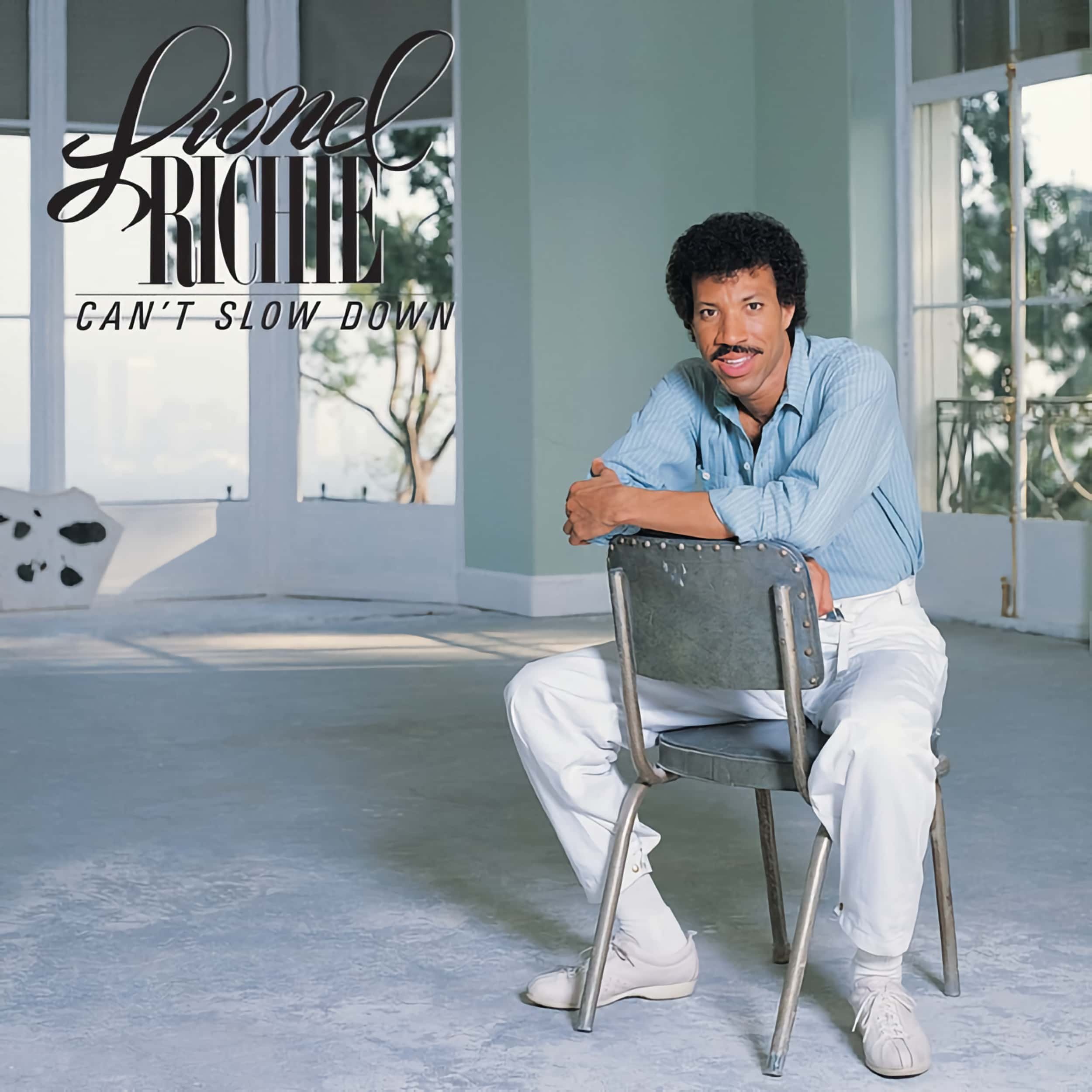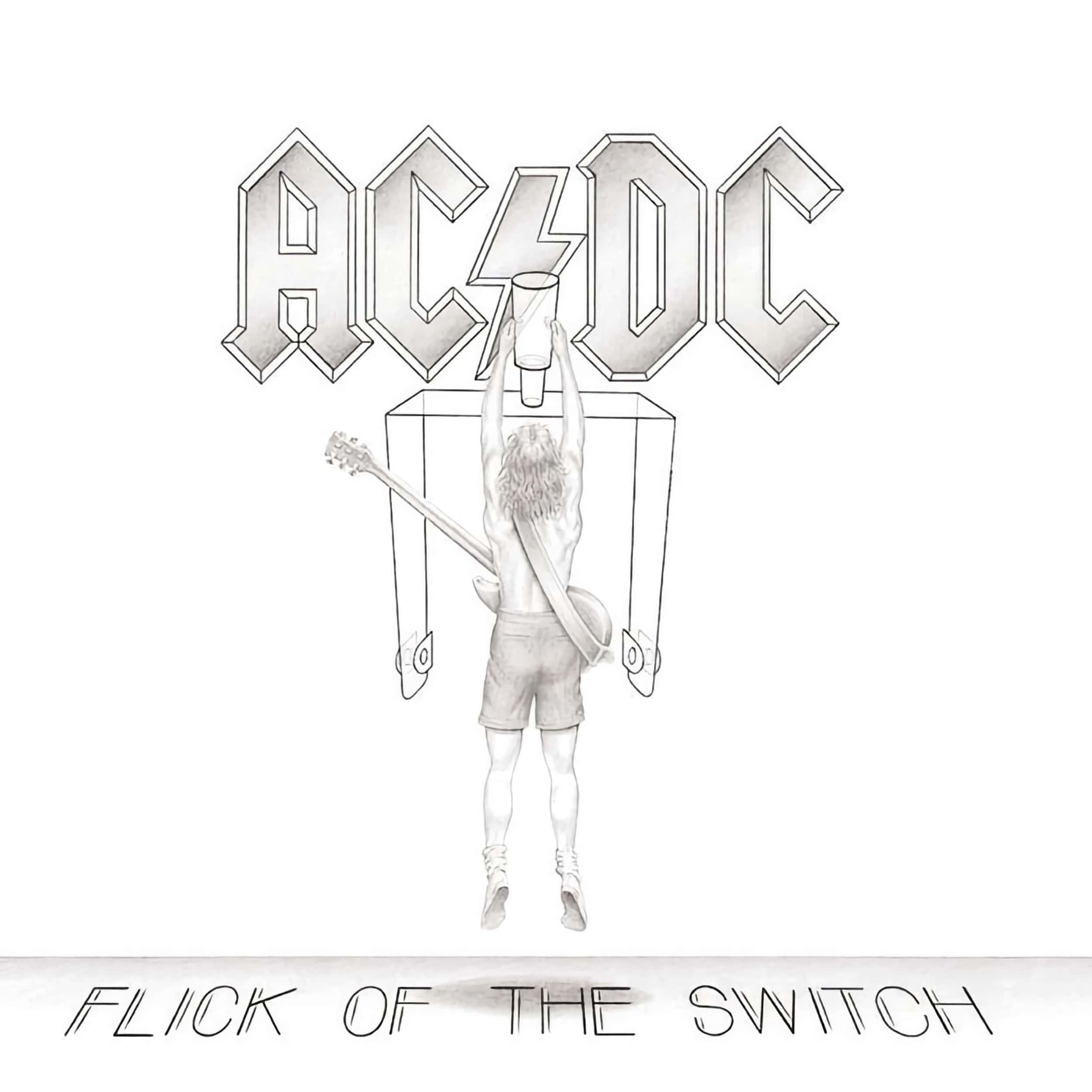It’s fair to say that Ringo Starr never quite received the recognition that his fellow bandmates, from The Beatles, did when embarking upon a solo career. Whilst he may have flown under the radar, the glorious thing about our modern music streaming world is that any music lover can easily experience classic albums, such as Old Wave, and decide if they’re worthy of adding to their collection. For me, it most certainly is. Showcasing a mix of musical styles and collaborations, Old Wave captures the essence of the 80s while incorporating elements of Starr's signature sound. It also just happens to be one of the very best albums Starr ever recorded and one of the greatest albums released in 1983.
Old Wave is Starr’s ninth solo studio release and is notable, in part, as Joe Walsh co-produced the record with Russ Ballard whilst also writing and co-writing many of the songs. Walsh also performed on the album and you’ll hear his signature licks throughout. Old Wave very well could have been called Ringo Starr meets Joe Walsh, but while purists may detest that proposal, Old Wave maintains a classic rock sound that, due to the combination of these incredible musicians, ensures that it is one of Starr’s most rocking releases.
While Starr’s previous album, Stop And Smell The Roses (1981) already has a place in The Worst (And Most Disturbing) Album Covers Of All Time, Old Wave almost qualifies for inclusion. Only a mugshot would have been more intriguing and while the art direction is relevant to the album’s title, and the throwback photo further adds weight to a counterposition of the new wave movement that was sweeping the social consciousness at the time, it’s just not a piece of visual art that you’d display proudly.
The music is, of course, another thing entirely and thankfully it’s exceptional. As it pertains to sonic quality, the Hi-Res Lossless Apple Music stream, an Apple Digital Master, is simply exquisite. It’s so good that as I listen to the album my mind is not drifting and wondering whether or not the album would sound better via a vinyl or CD release. Yes, dear reader, sometimes the stream can be that good.
In My Car opens the album with a catchy melody that will see you toe-tapping and head-bopping along. With a synth-driven upbeat style, In My Car is perfectly suited to the era and quickly becomes an earworm that you’ll be listening to long after the album has stopped spinning. Joe Walsh went on to record the tune in 1987, but I truly believe Starr’s is the superior version as Walsh’s is a little too overproduced, and pop-driven, for my liking. Whereas, the rock-edge on Ringo’s edition is sensational.
Hopeless has a killer country-inspired twang to it and its quirkiness is perfectly suited to Starr’s persona. Again, you’ll find yourself involuntarily moving to the rhythm, but that’s part of the appeal for Hopeless is anything but.
Alibi is a fantastic song but, as much as I thoroughly enjoy it, this is one song that would have been perfect had Starr collaborated with Paul McCartney, for it has his manner written all over it. Nevertheless, Walsh provides a more than adequate accompaniment and that’s, really, quite an understatement for Alibi may not be a standout tune, but when you have songs as compelling as this one, you’ve got an exceptional album experience.
Be My Baby has an offbeat rock edge to it that is simply superb. Your senses may struggle to connect with a particular aspect of the song initially, but once you sync with a specific element, Be My Baby comes into its own and is one of the best songs that Walsh has ever written.
She's About A Mover is a fun little cover. If it sounds familiar, you’ve probably heard the original performed by the Sir Douglas Quintet. Regardless of which rendition you appreciate more, She's About A Mover is a timeless tune.
I Keep Forgettin’ is another cover and as much as I love the Chuck Jackson original, there’s a broodiness in Starr’s presentation that makes this my preferred edition as it has a little more attitude in its presentation. The mix, as is the case throughout the entire album, is also exquisite and is a textbook example of how to correctly mix for stereo. Incredible!
Picture Show Life is a fun album-only tune that is suited perfectly to the album.
As Far As We Can Go is a beautiful ballad-styled tune. Don’t get me wrong, it isn’t Starr’s greatest vocal achievement and you’re unlikely to seek it out on its own, but it’s a value-added proposition for those of us who appreciate fluid album structures.
Everybody's In A Hurry But Me shifts the styling considerably, but that's hardly surprising when you’ve got Eric Clapton and John Entwistle performing on the song as well as being co-writers. There’s plenty of Clapton’s Slowhand to be heard here as well as the jamming elements you’d often associate with The Who. In truth, Everybody's In A Hurry But Me is more akin to a demo than a fully-fledged tune, but none of the musicians featured here had anything to prove and have earned the right to be self-indulgent.
Going Down is a perfect closing tune that will encourage contemplation as well as compelling you to play the album again. With Walsh’s screaming signature guitar sound, this is one thoroughly enjoyable rocker.
Old Wave is best described as a hidden gem within Starr’s extensive discography; offering listeners a diverse and engaging musical experience. It may not have been commercially successful, but that metric has rarely been an accurate indication of creative quality. What Old Wave does offer fans, and music lovers alike, is a window into Starr’s enduring talent and musical evolution as it delivers some of the most enjoyable music from the early 80s.









